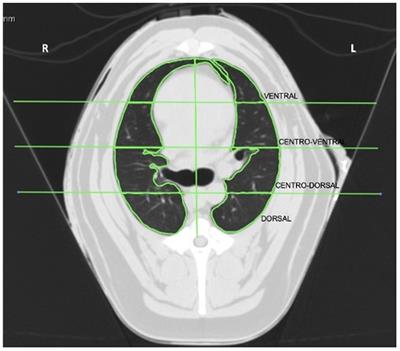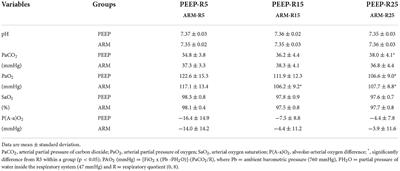EDITORIAL
Published on 02 May 2024
Editorial: Mechanical ventilation in anesthesia and critical care animal patients, volume II
doi 10.3389/fvets.2024.1402629
- 964 views
1,908
Total downloads
9,235
Total views and downloads
You will be redirected to our submission process.
EDITORIAL
Published on 02 May 2024
ORIGINAL RESEARCH
Published on 16 Jan 2024

ORIGINAL RESEARCH
Published on 14 Apr 2023

ORIGINAL RESEARCH
Published on 13 Jan 2023

CORRECTION
Published on 28 Nov 2022

